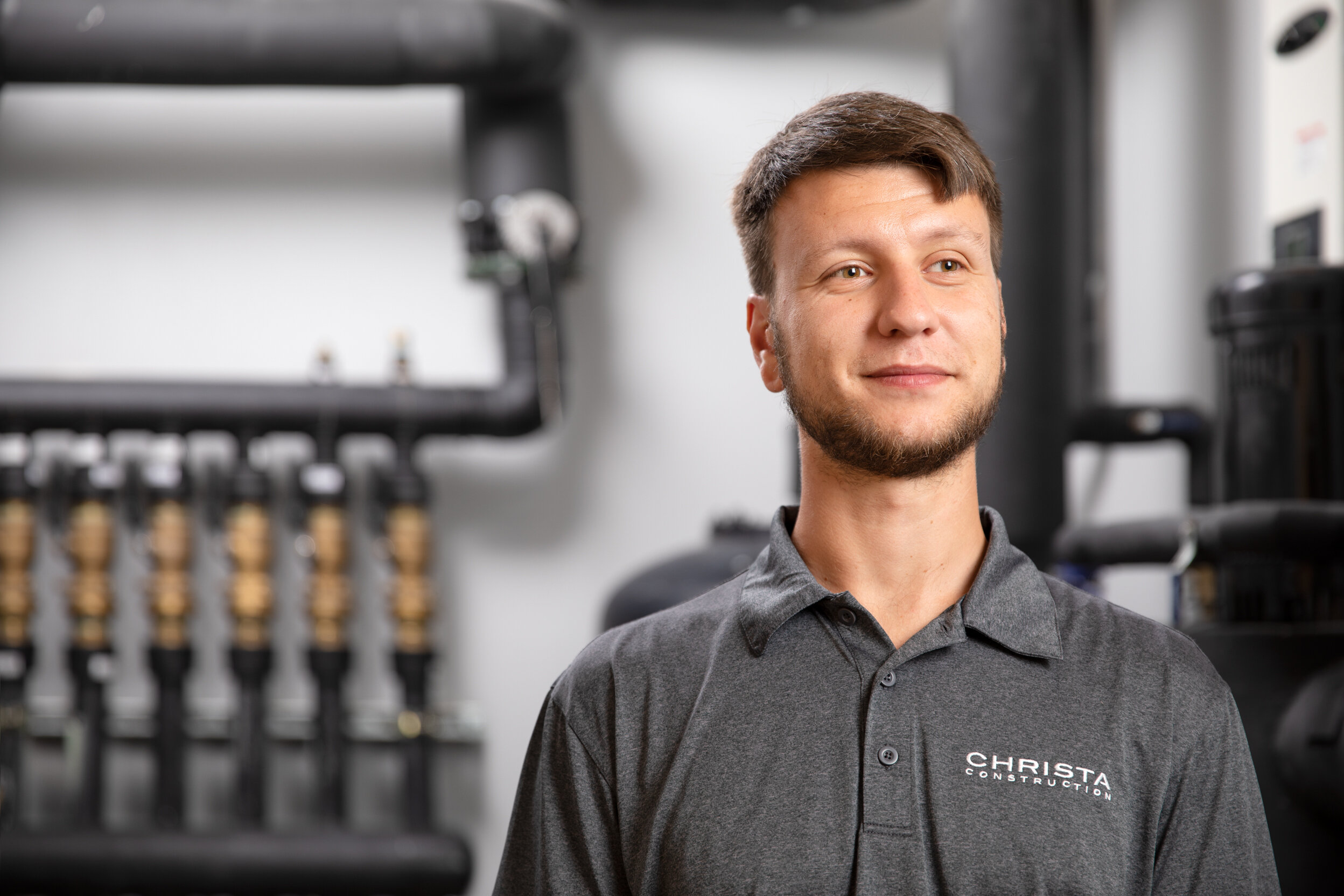
New Build vs. Retrofit
It’s typically easier to design efficient, all-electric buildings from scratch. But electrifying your existing building could be easier and more beneficial than you think.
Factors to Consider
Given that NYS law mandates net-zero emissions economy-wide by 2050, it is clear that all buildings will need to run on clean electricity within the next 30 years, so designing inefficient buildings and installing fossil fuel systems is not a good long-term investment.
In new construction, heat pumps are often the lowest-cost option, in part because they provide both heating and air conditioning, which eliminates the need for two separate systems.
Whether you’re considering a new build or a retrofit, the benefits of using heat pumps go beyond energy and cost savings. In both cases you will improve the health and comfort of your building occupants.
Both air-source and ground-source heat pumps come in several styles, including both ducted and ductless systems. This means that heat pumps are versatile, so there is almost certainly a type of heat pump that will work well in your facility.
The gold standard for energy efficient buildings is Passive House design. Though Passive House techniques can be used in any building, achieving Passive House Standard is much easier in new builds and is not always attainable in retrofits.
Buildings function as holistic systems, so in both new builds and retrofits, it’s important to consider how energy upgrades influence the performance of the building as a whole. For example, tighter building envelopes may require mechanical ventilation, in order to maintain fresh, healthy indoor air quality and prevent moisture damage.
Incentives, tax credits and financing options are available for both new builds and retrofits that utilize heat pumps. Check them out here.
The cost and complexity of electrifying an existing building depends largely on the age and condition of the building.
Getting a comprehensive energy assessment from a qualified professional is an important first step, typically followed by building envelope improvements, which are often needed to get the building “heat pump ready.”
